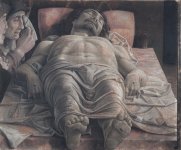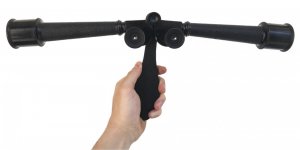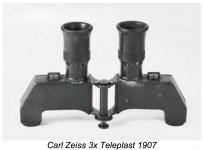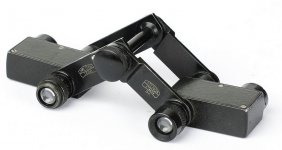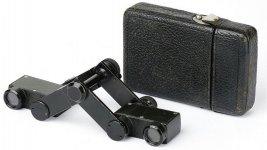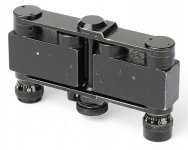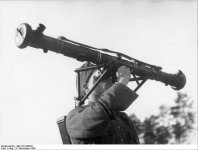Omid
Well-known member

Using Binoculars in TwiLight - focusing is the key issue
The forum's lens has been adjusted such that Rico's illuminating widom is no longer focused on our receptors. He is now a blur from the past. We are happily alone again and free to discuss binoculars in twilight, his beacon of light no longer shining upon us. B
* * *
While it is important to gather all illumination possible and deliver it to the eye's pupil in a most effiecient way, there are other factors that affect binoculars use under twilight conditions. The most limiting factor, in my experince, is the inability of the user to focus the binoculars on what he "thinks" is a subject or target. This problem does not occur in astronomy since stars are bright light spots and easy to focus on.
In contrast, a hunter or a sailor looking for objects in near darkness has a very difficult time focusing the binoculars on very vague, undefined forms that he sees through his binoculrs. It is this inability to focus that hinders observation the most. A target or animal of weak contrsat becomes invisible as its apparent contrast is further attenuated by the defocused nature of the image produced by the binoculars.
The forum's lens has been adjusted such that Rico's illuminating widom is no longer focused on our receptors. He is now a blur from the past. We are happily alone again and free to discuss binoculars in twilight, his beacon of light no longer shining upon us. B
* * *
While it is important to gather all illumination possible and deliver it to the eye's pupil in a most effiecient way, there are other factors that affect binoculars use under twilight conditions. The most limiting factor, in my experince, is the inability of the user to focus the binoculars on what he "thinks" is a subject or target. This problem does not occur in astronomy since stars are bright light spots and easy to focus on.
In contrast, a hunter or a sailor looking for objects in near darkness has a very difficult time focusing the binoculars on very vague, undefined forms that he sees through his binoculrs. It is this inability to focus that hinders observation the most. A target or animal of weak contrsat becomes invisible as its apparent contrast is further attenuated by the defocused nature of the image produced by the binoculars.
Last edited:




